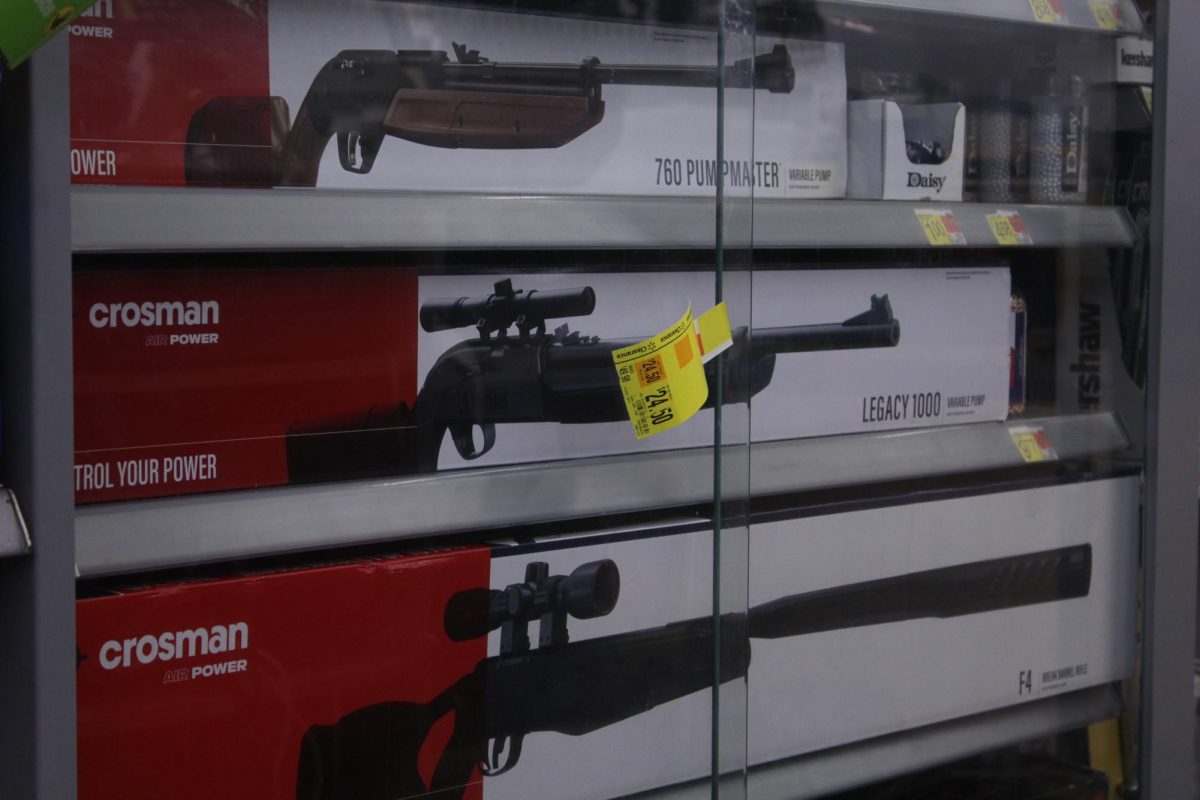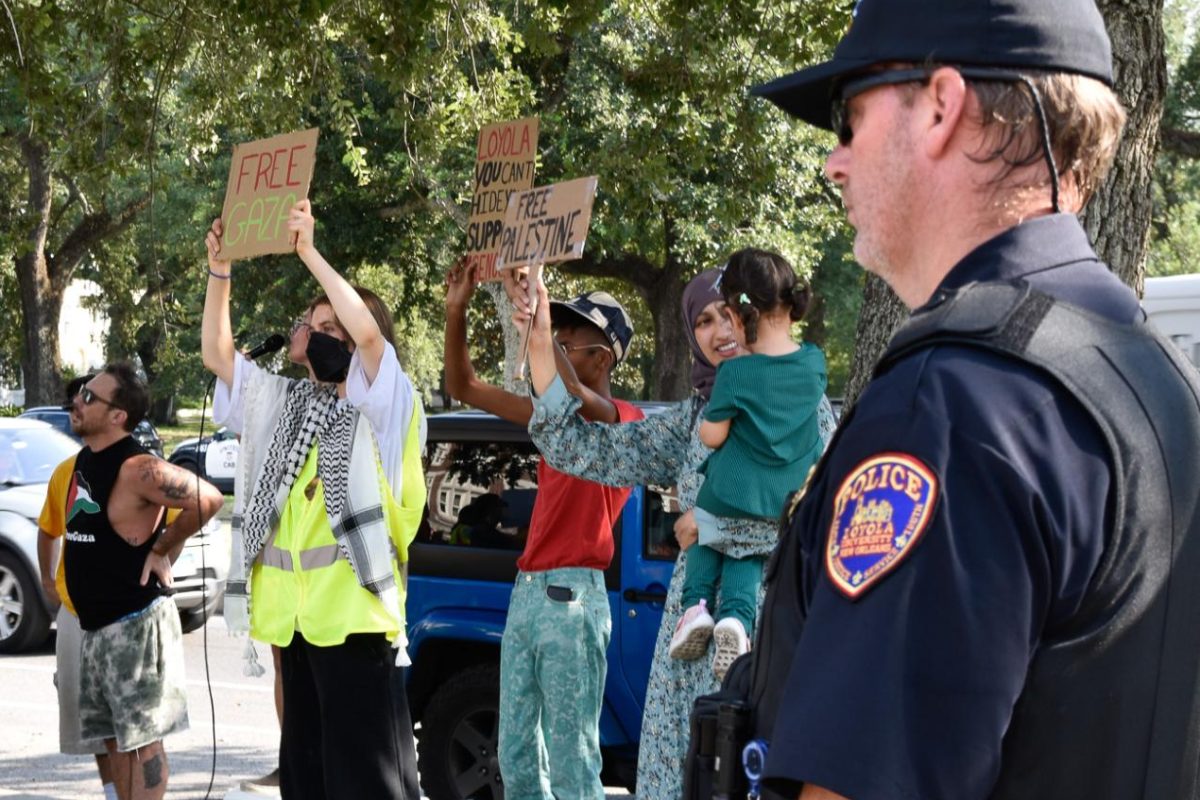Today’s motor scooters are far more advanced and economical than the one Lloyd traded for his pooch van in “Dumb and Dumber.” And in New Orleans and at Loyola, they’re becoming more than a movie prop.
Mia Borders, English literature freshman, owns a Twist N’ Go Venice 50. Borders has a motorcycle endorsement, and she uses her scooter to travel from home to school. She said that gas mileage was a decisive factor in purchasing a scooter. Her scooter gets approximately 100 miles a gallon.
But although Borders gets good mileage, she said her TN’G Venice is “pretty much a lemon.” She said she’s repaired the scooter five times since its purchase in April, and has to check for repairs on a bi-monthly basis.
Though the performance of Borders’ scooter has been disappointing, other Loyola students aspire to use scooters as their primary sources of transportation. Many of these people said cost was a motivating factor.
Zac Demmond, music composition sophomore, said that he would consider purchasing one because he can’t afford to buy a new car.
ICR, a marketing research firm, conducted a U.S. study in May 2006 for Piaggio Group, an Italian company that began manufacturing Vespas shortly after World War II. The study showed that 30 percent of Americans said they would be very or somewhat likely to drive a motor scooter for their daily transportation. Those surveyed also said they were willing to convert 35 percent of the miles traveled per week to scooter transportation.
When comparing the results from ICR with those of the Department of Energy’s national averages for fuel consumption and emissions, findings reveal that if 30 percent of Americans use one of the latest environmentally friendly scooters, national fuel usage would be reduced by approximately 14 million gallons of gas per day. Carbon dioxide emissions would reduce by about 324 million pounds per day, according to an ICR press release.
Paolo Timoni, president and CEO of Piaggio Group Americas said, “The benefits of scooters are well known around the globe, as they are part of the daily behavior for millions of people worldwide.”
But efficiency isn’t the only factor most students consider when purchasing transportation.
“I live too far away for (riding a scooter) to be practical for safety and storage, because I commute,” said Nick Bertucci, business management junior. ” I wouldn’t ride a scooter on the Interstate. There’s no storage or power, and I can’t pull a boat.”
Pot holes and street car tracks make riding scooters in New Orleans very dangerous. New Orleans’ climate and weather also make riding a challenge.
To fight the manmade problems, Mike Bowler, part owner of Big Easy Scooters, said his best advice is to stay away from a stamped aluminum rim.
“You want a cast alloy rim,” he said. “The pot holes tear the stamped aluminum rim off.”
Steve Lopez, owner of Scooter-Ria warned about the costs of purchasing a scooter off the Internet, because parts are difficult to find when it comes time for repairs.
“Nobody in the world will repair a bike they can’t get parts,” Lopez said.
Borders considered the price, speed, engine capacity and off-road/city capabilities of various scooters before her purchase.
Scooter sales are increasing, according to the Motorcycle Industry Council. The estimated sales of scooters for the year 2004 was 86,000, approximately double what was sold in 2000.
Gayle Materne, owner of Vespa New Orleans, said she noticed an increase in sales since Katrina. Materne believes sales were related in part to rising gas prices.
“We believe in the future of two-wheeled transportation,” said Materne. “You go to any country in the world and that’s what you see everywhere.”
Alison Sickle can be reached at [email protected].








